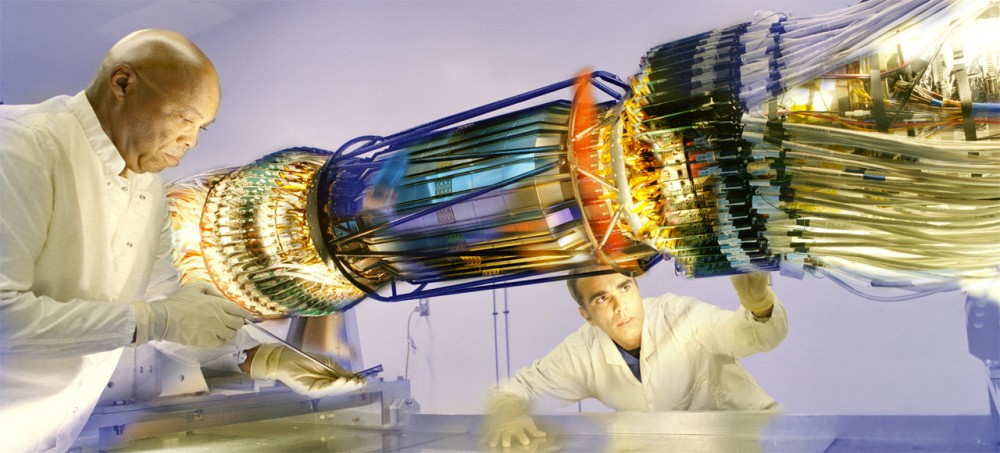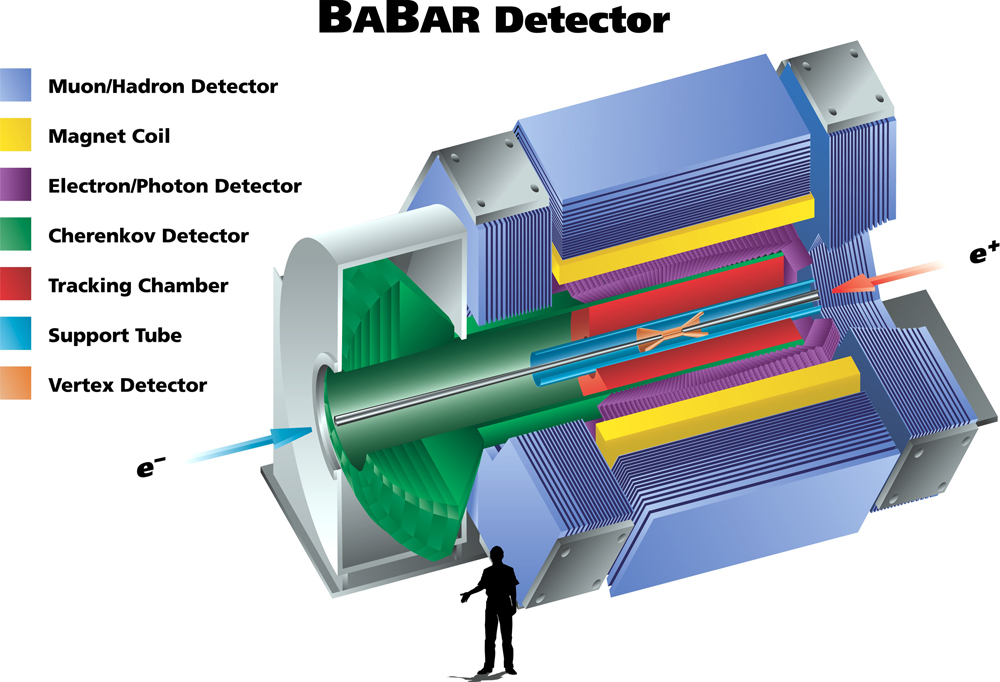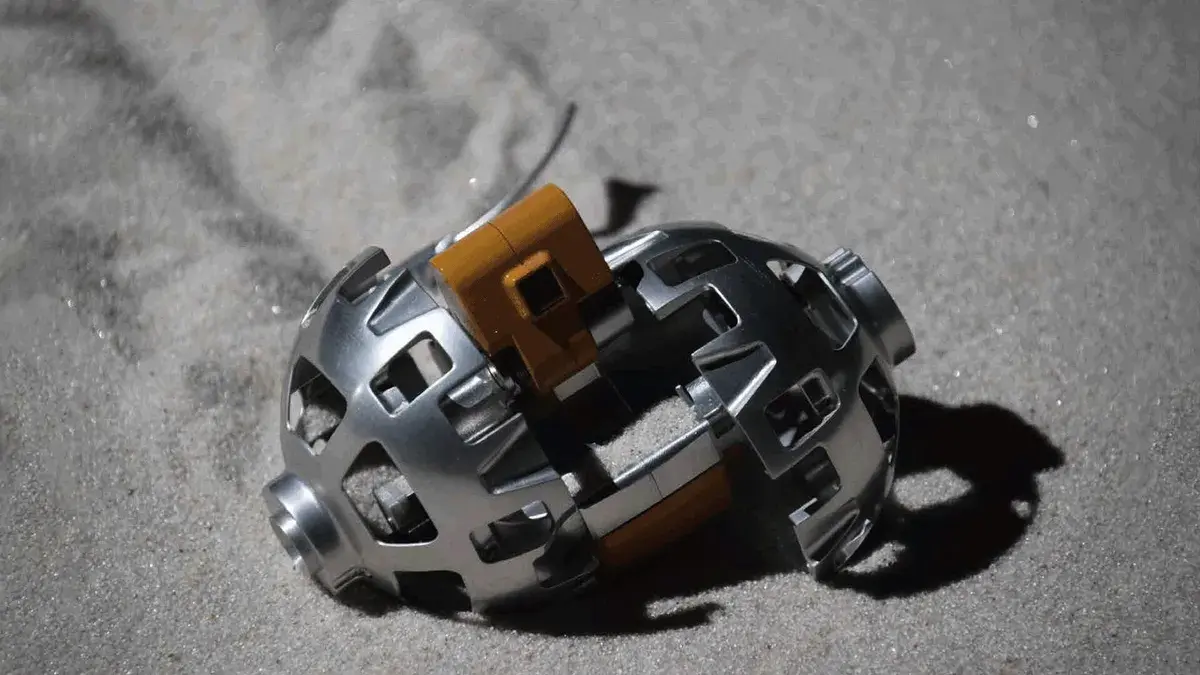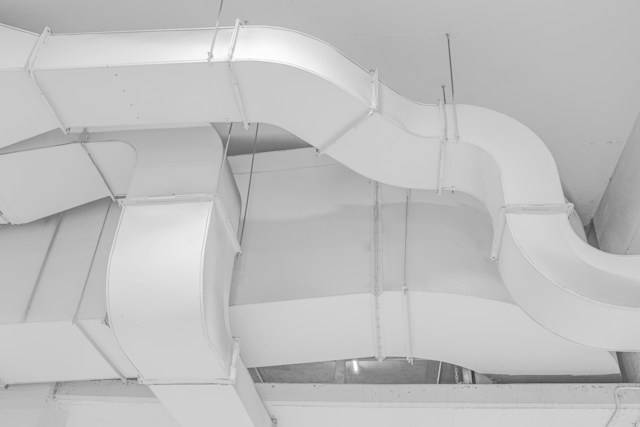Just when physicists hunted down the Higgs Boson, they took up a new quest: hunting for dark matter.
According to scientists, the universe is composed of 73% dark energy, 23% dark matter and just 4% regular matter which includes people, planets, and stars. Dark matter is the new holy grail because it gives shape to galaxies and the fabric of space-time.
At the SLAC National Accelerator Laboratory at Stanford University, high energy physicists have been combing through data created by BaBar, an experiment originally intended to answer questions related to why there is more matter than antimatter in the universe. The experiment ran on and off from 1985 to April 2008 when BaBar confirmed existing theories. What BaBar left for posterity was a total of eight years of data from the collisions of tens of billions of particles.
As the pursuit of dark matter has heated up, the scientists who worked with Babar believed that this data might be useful in the hunt for dark matter.
The device, pictured above, is known as the BaBar Silicon Vertex Tracker (SVT). The detector is made up of the SVT, a Drift Chamber (DCH), a magnet, and many other components.
The SVT has five silicon detector layers and signals are read by front-end chips that are part of the High Density Interconnect (HDI). The device has produced data, from as far back as 1999, that is now being studied for insights into dark matter.
Scientists in Italy and Japan are now working on two projects, SuperB and Belle-II respectively, that will collect more than 100 times the data produced by BaBar.
References and related content:








